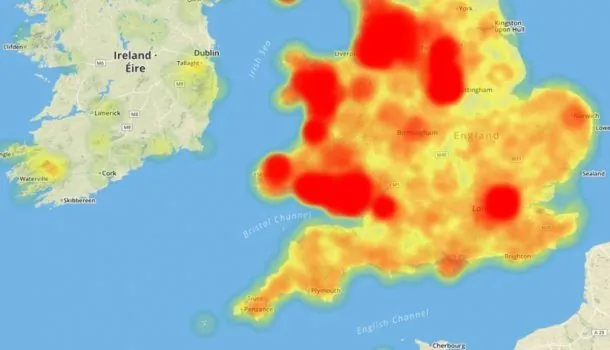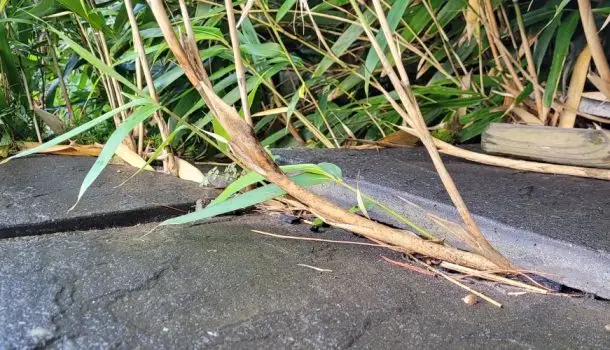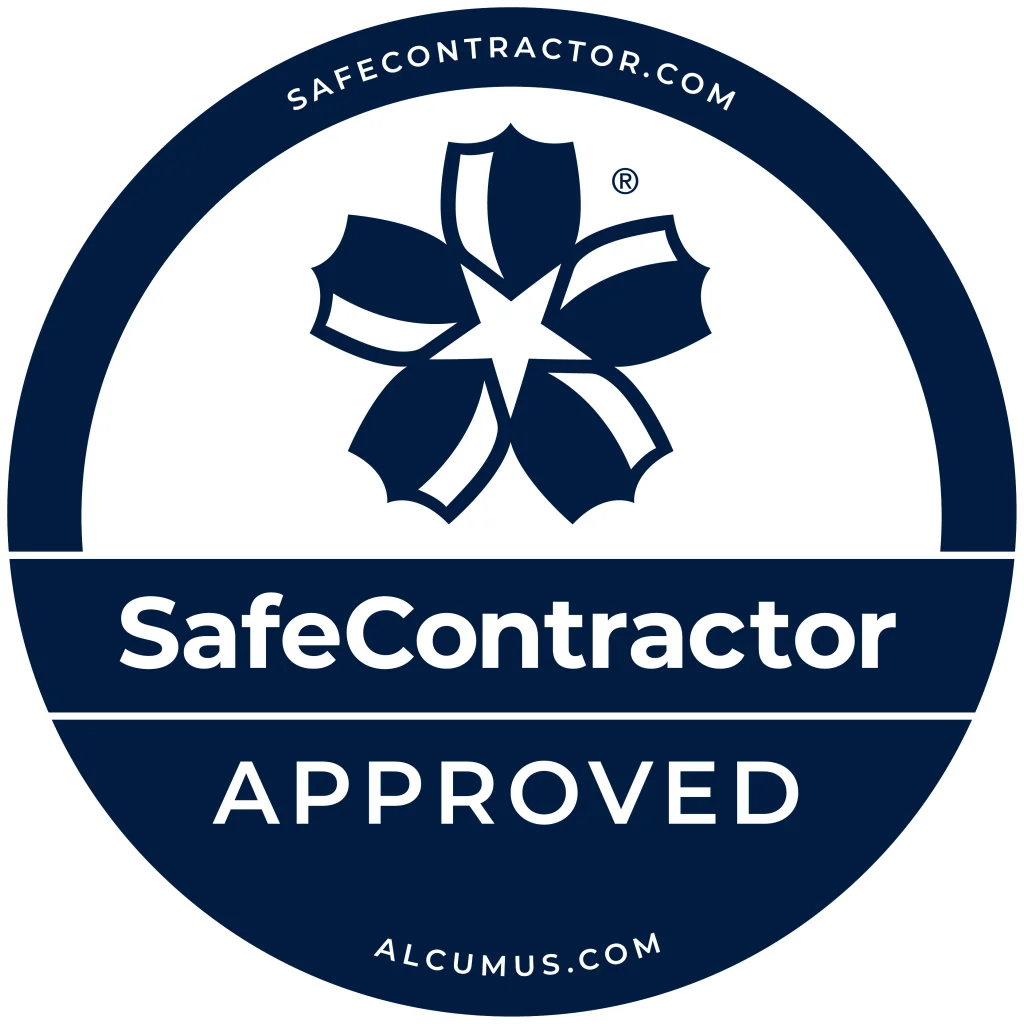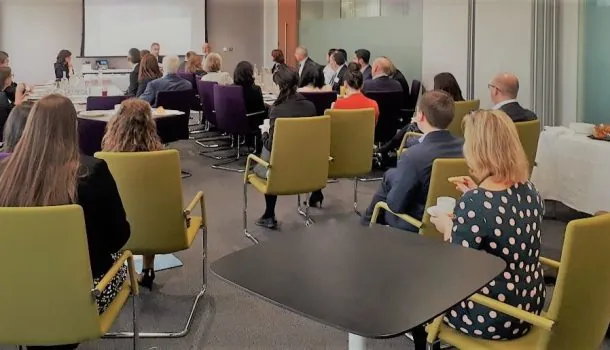Bamboo and invasive plant removal for commercial clients
How Environet can help
Invasive species management plans
As mentioned above, it is your duty as a landowner, by law, to manage invasive plant species on your land.
This means that those plants need to be treated or disposed of where possible and not be allowed to grow or spread outside your land.
However this is easier said than done, as the law states that you can only transport one of those listed plants or anything from which can reproduce outside your land if taken to a special facility for destruction or if you have specific permits or licences.
Failure to do so could result in:
- Major project delays.
- Costly fines.
- Site closure.
- Snagging issues with soft and hard landscaping following completion.
Seems like a headache to you? No problem, Environet can help by putting together a management plan depending on your requirements and avoid all of the above!
Biosecurity management plans
Where one or more invasive plant species is identified on a project, it is important to implement a robust Biosecurity Management Plan, which outlines all of the measures put in place to mitigate the risk of uncontrolled spread and incorrect classification of materials to be disposed of. Our teams of experts has you covered when it comes to:
- Environet, being a registered waste carrier will look after both removal and disposal.
- Once excavated, the plant does not leave the exclusion zone until works are completed to avoid the accidental risk of spreading rhizomes across sites.
- The plant then receives full decontamination before extraction of the immediate working area.
- All exposed equipment is cleaned properly after use to avoid contamination.
- The works will always be supervised by an appointed LOM, who will keep a daily diary of the actions taken on site.
Call us today and find out more.
Why invasive plants are a problem for property owners
All landowners, whether residential or commercial, have a duty to manage invasive non-native species (INNS) on their land, in accordance with the Wildlife and Countryside Act 1981 and The Invasive Alien Species (Enforcement and Permitting) Order 2019.
There are also species that are not yet legislated against that can cause real problems in gardens such as:
Rest assured, where invasive species are identified at an early stage and tackled correctly, problems can usually be avoided. Our trained specialists carry out site surveys to map specified terrestrial invasive plant species and provide management plans tailored to your requirements.
Not sure how to identify the plant on your property?
Reviews from our clients
“Excellent service from Environet, they covered every aspect of the works with diligence and professionalism and went the extra mile when needed.”
Design Coordinator - Kier Living South West
“Environet responded to our initial enquiry in an exemplary fashion, by attending site within the timescale provided along with providing us a clear and concise remediation strategy in line with our build programme, ensuring no delays on site which, as developers, is key.”
Technical Manager - Devine Homes PLC
“Environet’s Japanese knotweed eradication has proved to be highly effective on our development sites. Thank you for your excellent service, fast response and professional consultancy support.”
Commercial Director - Berkeley Group PLC
We deal with a variety of invasive plants
Established in 1996, Environet has dedicated teams in all major regions of the UK who are highly skilled and experienced in dealing with the permanent removal and control of invasive plants such as Bamboo, Giant Hogweed or Himalayan balsam.
Whether you’re a bar, hotel, or a construction company that needs to clear wasteland, we’re here to help with a great Invasive plant removal service that’s both efficient and cost-effective.
All our commercial customers, just like our residential ones, get our 10-year guarantee that the invasive plant infestation won’t recur. That’s because we’re confident in our processes and the solutions we employ.
If you are searching for a commercial invasive plant removal company you can trust,
See how we can help below
Unsure about how removal and treatment of invasive plants works? Find out more by clicking on an each plant below:
Accreditations
We have robust systems in place for Environmental and Health & Safety management. Risk assessments are carried out for every aspect of our business to identify situations where harm could be caused. We have an ethos of continuous improvement to eliminate or reduce the risks with detailed working procedures, on-going training and monitoring.
All our staff have health and safety and emergency first aid training. We are also accredited by SafeContractor and Constructionline and are members of the Property Care Association (PCA).
Case Studies

Knutsford, Cheshire

Former Airfield, Essex

University of Bedfordshire, Bedford

Bamboo removal Earley, Reading

Resi-Dig-Out™, Bolton

The worst case of property damage by bamboo we’ve ever seen

Resi-Dig-Out, Suffolk

Dig & Dump, West Sussex
FAQs
Non-native plants are usually introduced directly or indirectly by humans and often thrive in the wild, despite not belonging naturally to the habitat it lives on.
Most of these species do not pose a threat to the ecosystem but some can spread rapidly and end up outgrowing native flora.
These plants are called invasive because they lack natural control mechanisms (such as herbivores), spread rapidly (by seed or vegetatively) or end up killing native species (such as allelopathy or competition for resources).
Giant Hogweed, which looks similar to overgrown cow parsley, is increasingly prevalent in the UK, particularly along waterways where it spreads successfully via seed to quickly colonise new locations. While posing little threat to property, it is a highly toxic plant that can damage human and animal health due to its sap which contains furocoumarin, a chemical that causes painful burns to the skin.
Excavation to remove the root balls and all rhizomes from the ground. Any regrowth is removed or where necessary, herbicide treated during monitoring visits. Containment may also work in certain situations.
Not at all! For instance, Horsetail should be physically excavated due to its huge root system, which can extend 2m in depth. However, Buddleia is relatively easy to treat, and often requires just one or two herbicide applications in mid-summer with a monitoring visit the following year. So it’s always best to speak to us so we can recommend the most suitable approach to removing each species.
EVERYTHING YOU NEED TO KNOW
Knowledge Hub

Japanese Knotweed UK Heatmap

Bamboo Removal Guarantees: A New Standard in Property Protection

10 questions for Luke’s 10-year anniversary

10 questions for Emily’s 10-year anniversary

How to answer the TA6 form correctly and avoid risks with Japanese knotweed

‘How does Japanese knotweed affect property sales’

“How to identify invasive plants and understand the risk they present”
GET IN TOUCH
Contact us
Our team of experts is available between 9am and 5:30pm, Monday to Friday to answer your enquiries and advise you on the next steps
Want a survey?
If you already know you have an invasive plant problem, you can request a survey online in less than two minutes by providing a few brief details. A member of the team will swiftly come back to you with further information and our availability.
Need quick plant identification?
Simply upload a few images of your problem plant to our identification form and one of our invasive plant experts will take a look and let you know, free of charge what you are dealing with. We’ll also be there to help with next steps where necessary.










